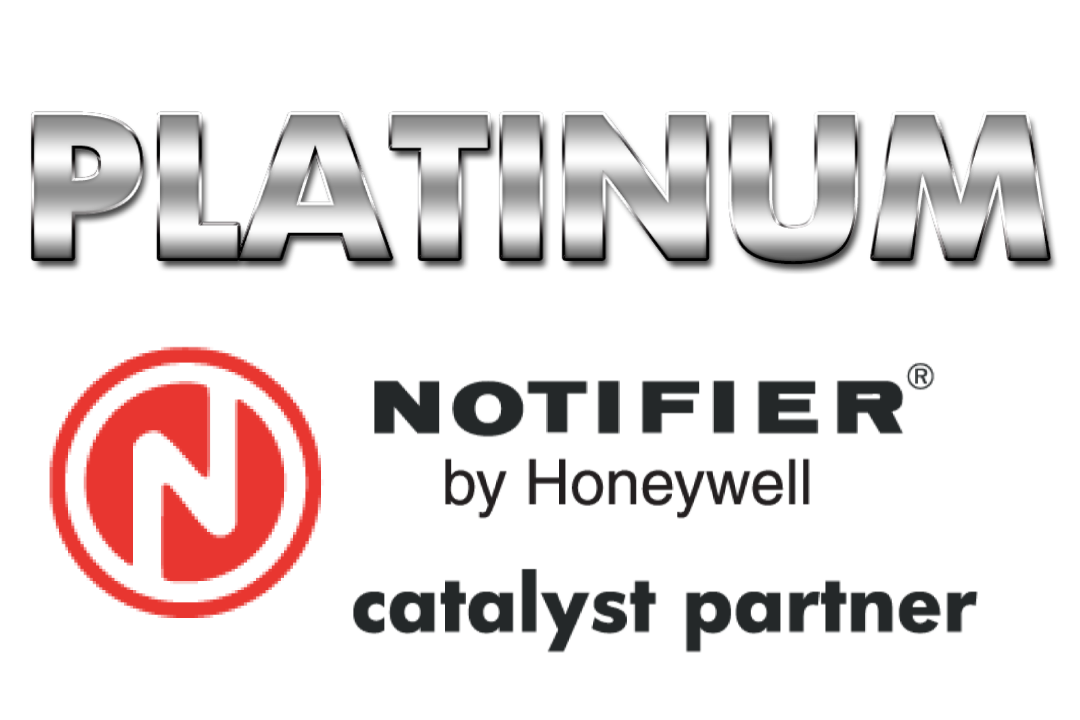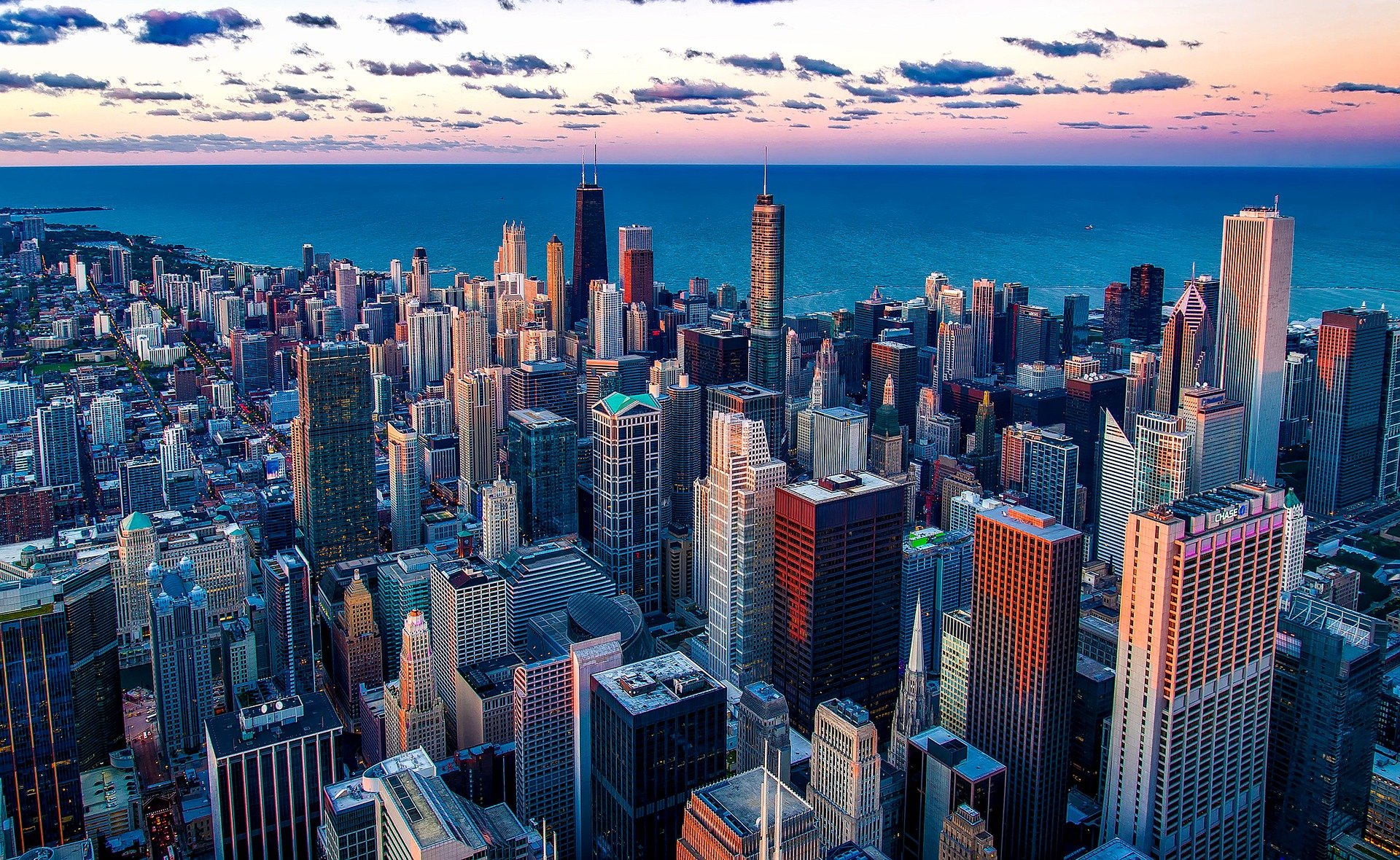Elevator recall is necessary to protect occupants and to help firefighters in the event of smoke or fire. The main purpose of elevator recall is to return the elevator cabs to the floor where firefighters and public safety personnel can use them to travel to the fire floor. When elevator recall is activated, elevator will either be recalled to a primary floor or an alternative floor depending on the floor activation.
The secondary purpose is to remove them from service so that building occupants cannot use the elevator in case of a fire. Elevator recall will return the cab to the designated, predetermined floor of egress in the event of fire alarm activation. If smoke detectors activate from the machine room or elevator shaft, the fireman’s hat will begin flashing to provide visual alerts of the risk to safety.
Designated Primary and Alternate Level
The Designated Level, also called the Primary Level, is the floor that the fire department has determined as the best place to exit the building. This allows fire safety personnel to provide maximum time for fire-fighting and evacuation. The Designated floor is usually the best floor for evacuation.
The Alternate Level is the second choice for occupants to exit in the event the primary floor is involved in fire. Often fireman annunciators in key areas will be installed to provide a visual status so that firefighters can see the exact location of each elevator cab. Both the Designated and Alternate Levels are determined in advance by the fire department.
Elevator Recall Codes
ANSI/ASME A17.1, Safety Code for Elevators and Escalators is the nationally accepted standard code for elevator/escalator/lift safety, often referred to as the “Elevator Code”. NFPA 72 mirrors the same codes to avoid any confusion. Additional safety codes referencing elevator recall include ASME A17.1, ASME A17.3, NFPA 13, NFPA 70, NFPA 72, NFPA 101. Local building ordinances and building codes apply and are enforced by the Authority Having Jurisdiction (AHJ) and any local elevator inspection department.
Some cities and states provide amendments to national code requirements. A fire alarm and life safety system professional provides valuable insight to building and electrical contractors to help sort through all code requirements for your locality. Additional code requirement considerations include:
- Smoke detectors are not allowed to be in elevator shafts without sprinklers
- Wiring for smoke and heat detectors must be monitored by a commercial fire alarm panel for integrity
- Stand alone or locally powered smoke detectors are not permitted
- Only automatic detectors in elevator shafts, elevator lobbies or machine rooms are permitted to initiate elevator recall. Elevator recall should not be initiated by detectors located in any other building area or by a pull station, unless mandated by the AHJ
- An upgrade of the facility may be required during the AHJ’s permitting process
- Newer technologies such as aspirating devices, air sampling, and wireless fire alarm devices are allowed under code
- All fire alarm devices related to elevator recall must be tested and in compliance with all local fire alarm codes
NOTIFIER™️ by Honeywell Elevator Recall Panels
NOTIFIER by Honeywell is recognized worldwide for providing high tech, reliable fire alarm and life safety systems solutions. NOTIFIER fire alarm panels support elevator recall functions such as:
- Elevator “Capture” to the Designated or Alternative Level
- Elevator “Shunt trip”
- Addressable smoke and heat detectors for systems with sprinkler heads at the top of the hoist and/or in the elevator machine room
- Two-count feature requiring two detectors on the same floor to activate before recall will be initiated under certain circumstances
An experienced fire alarm system provider can help you to proactively coordinate all elevator and electrical interfacing requirements. Coordinating integration with these two systems can be the differentiating factor in passing your initial inspection or incurring additional expenses due to further re-inspections.
HRSS/SMG is an experienced commercial fire alarm and life safety system provider, providing code compliant solutions to building owners and contractors. We offer fire alarm system design, testing, maintenance, inspections, UL listed equipment and monitoring 24/7/365. Contact us with any questions on your fire alarm system design and elevator recall requirements.


